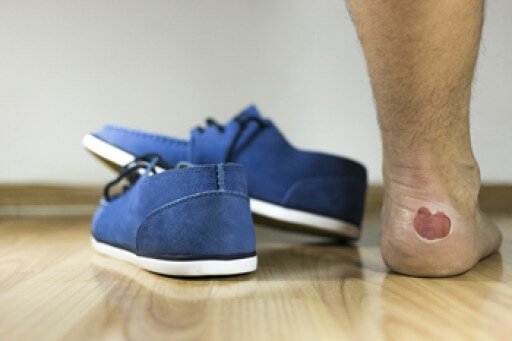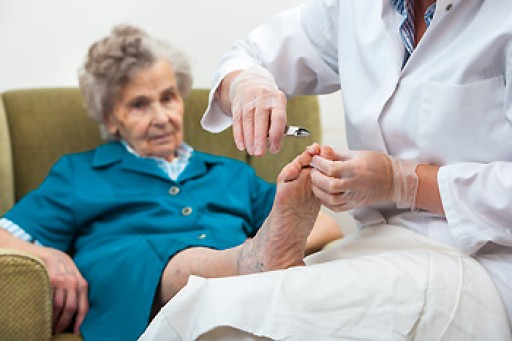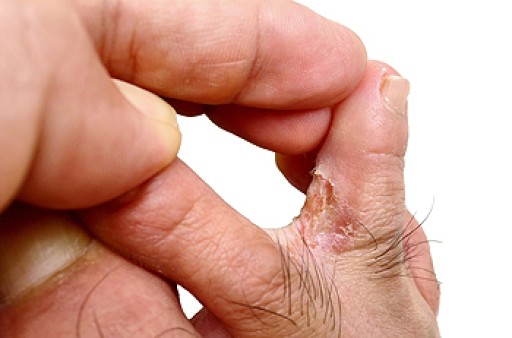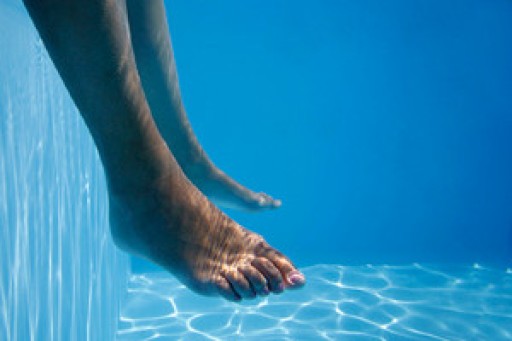
A blister is the body’s response to protecting skin that has become damaged. It is defined as a small bubble that forms over raw skin, which is filled with a protective fluid and will gradually drain when new skin has formed. The skin can become damaged for various reasons, including excessive friction from wearing shoes that do not fit correctly or from medical conditions. These can consist of eczema, psoriasis, allergic reactions to an insect bite or chemical use. The blister can be protected with a covering while completing daily activities. If a blister is popped prematurely, a new blister may form while the skin underneath it heals completely. Many blisters on the feet can be prevented by choosing shoes and socks that fit correctly. Additionally, it may be beneficial to apply a foot deodorant or powder on the feet to help control sweating as this may also lead to blisters. If you have blisters on your feet, please ask a podiatrist for more information on how to treat and prevent them.
Blisters may appear as a single bubble or in a cluster. They can cause a lot of pain and may be filled with pus, blood, or watery serum. If your feet are hurting, contact the podiatrists of Boston Common Podiatry. Our doctors can provide the care you need to keep you pain-free and on your feet.
Foot Blisters
Foot blisters are often the result of friction. This happens due to the constant rubbing from shoes, which can lead to pain.
What Are Foot Blisters?
A foot blister is a small fluid-filled pocket that forms on the upper-most layer of the skin. Blisters are filled with clear fluid and can lead to blood drainage or pus if the area becomes infected.
Symptoms
(Blister symptoms may vary depending on what is causing them)
- Bubble of skin filled with fluid
- Redness
- Moderate to severe pain
- Itching
Prevention & Treatment
In order to prevent blisters, you should be sure to wear comfortable shoes with socks that cushion your feet and absorb sweat. Breaking a blister open may increase your chances of developing an infection. However, if your blister breaks, you should wash the area with soap and water immediately and then apply a bandage to the affected area. If your blisters cause severe pain it is important that you call your podiatrist right away.
If you have any questions, please feel free to contact our office located in Boston, MA . We offer the newest diagnostic and treatment technologies for all your foot care needs.
















